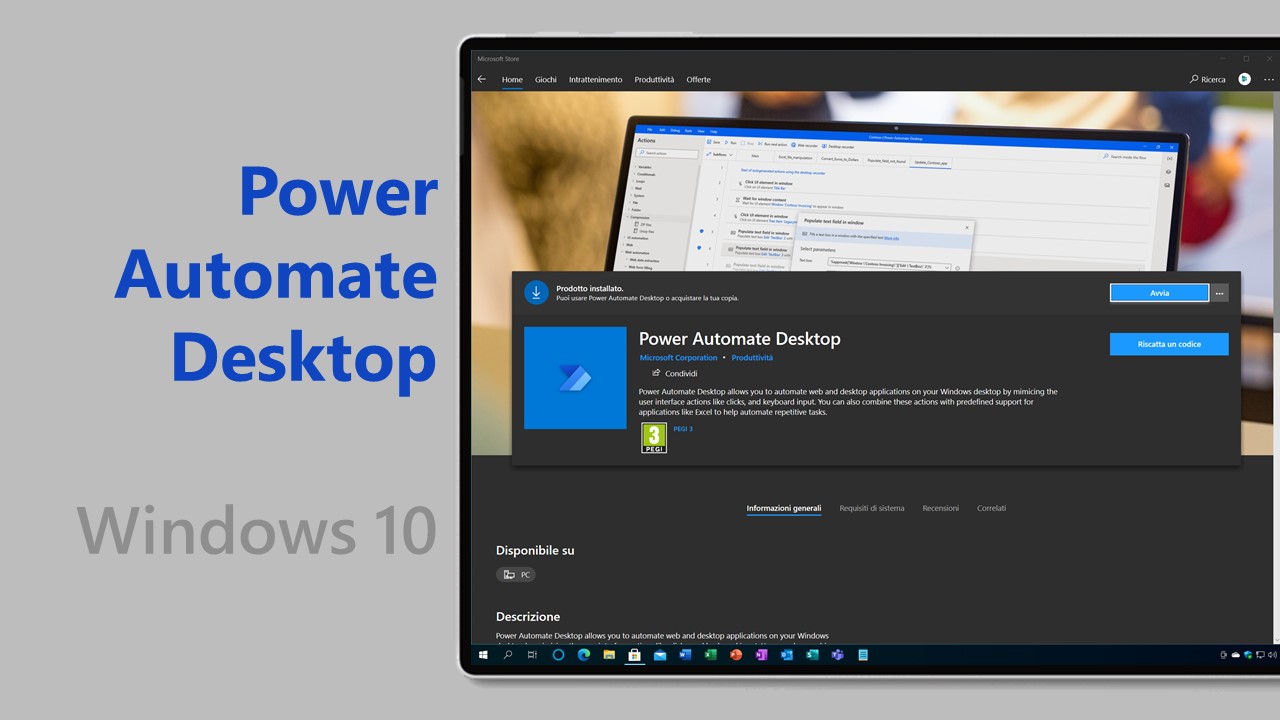
Instant flows allow users to manually trigger a discharge from any device, such as mobile or desktop, with the click of a button.

For example, send an email when a document is shared in a SharePoint Cloud flows include:Īutomated flows are triggered when a specific event occurs. The primary types of Power Automate flows are cloud, desktop, or business process flows. This can include creating a task when an email marked as important is received. Think of it as an if-then-else statement where the trigger is activated and then and otherwise are the actions.Ī trigger starts the flow, for example by receiving an email from the project manager.Īn action will take place when a certain trigger occurs. You may be wondering how Power Automate works? The workflows and automation in Power Automate are based on triggers and actions. At the same time, a number of new functions were announced, including robotic process automation capabilities.The app is available on desktop, mobile, Microsoft Teams and as a browser app. In 2019 on November 4, Microsoft announced the renaming from Microsoft Flow to Microsoft Power Automate. Later, Microsoft Flow was set to replace the SharePoint Designer Workflow as Microsoft's standard tool for workflow automation. For long, SharePoint Designer workflows was still running on the 2010 engine, since the 2013 workflow engine was less powerful. įormerly, workflows in SharePoint environments could be created using either SharePoint Designer Workflow or various third-party products. In 2016 October, Microsoft Flow was officially released.

It is part of the Microsoft Power Platform line of products together with products such as Power Apps and Power BI.

Microsoft Power Automate, formerly known as Microsoft Flow until November 2019, is a SaaS platform by Microsoft for automation of recurring tasks.

( April 2022) ( Learn how and when to remove this template message) Please help improve it by replacing them with more appropriate citations to reliable, independent, third-party sources. This article may rely excessively on sources too closely associated with the subject, potentially preventing the article from being verifiable and neutral.


 0 kommentar(er)
0 kommentar(er)
